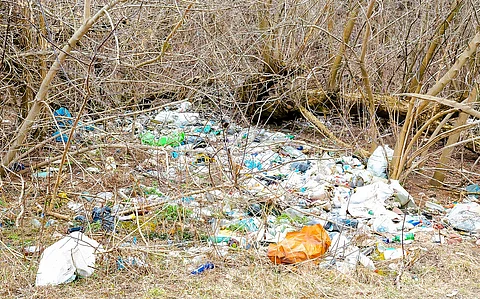

Article 9 of the Global Plastic Profiles 2025 draft addresses legacy plastic pollution but lacks ambition, focusing on individual actions rather than transboundary cooperation.
Small Island Developing States and coastal nations demand a cooperative framework for effective monitoring and remediation.
The article's voluntary language weakens global coordination, prompting calls for legal obligations and financial mechanisms.
Article 9 addresses the pressing issue of existing plastic pollution often referred to as legacy plastic waste, yet the current draft remains tentative and fragmented in its ambition. It places a strong emphasis on individual Party action, overlooking the fact that plastic pollution, particularly in marine environments, is inherently transboundary. This omission has raised concerns among Small Island Developing States (SIDS) and coastal nations who face disproportionate impacts from plastic waste they did not generate. For them, a cooperative framework that facilitates joint monitoring, remediation and support is not only fair but essential to achieving tangible outcomes.
While the article references science-based monitoring, cleanup efforts and stakeholder participation, the language is largely voluntary. This weakens its capacity to drive coordinated global action. Countries like Samoa (for AOSIS) and Vanuatu (for PSIDS) have been vocal about embedding legal obligations and establishing financial mechanisms such as a remediation trust fund. The EU and Australia have emphasized data and monitoring, while others, including Bangladesh, Chile and Brazil, have called for integrating ecosystems and Indigenous engagement into the article’s scope.
However, divergent views persist. Some states such as the United States and Türkiye have sought to dilute obligations, preferring voluntary approaches with minimal external oversight. Meanwhile, countries like China, South Africa and members of the Arab Group (e.g., Saudi Arabia and Iran) have emphasized the need for financial and technical support and a focus on historical responsibility. The variation in positions highlights a deeper divide on accountability and the treaty’s ability to respond to existing harm. Without firmer commitments and clearer cooperative pathways, the article risks offering rhetorical recognition without the structural support needed to deliver meaningful remediation.
This is a click to zoom map. View the larger image by clicking on it